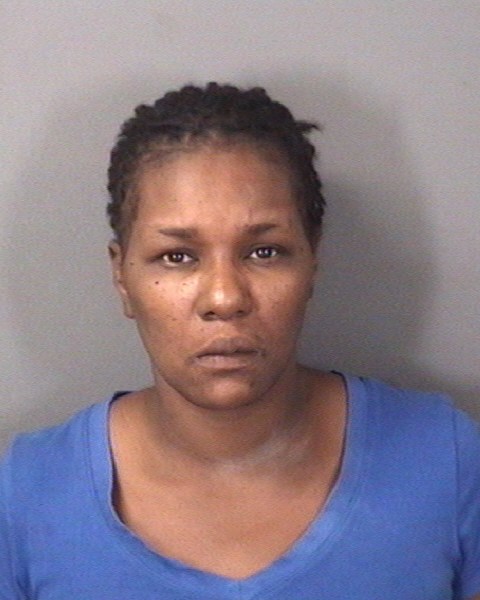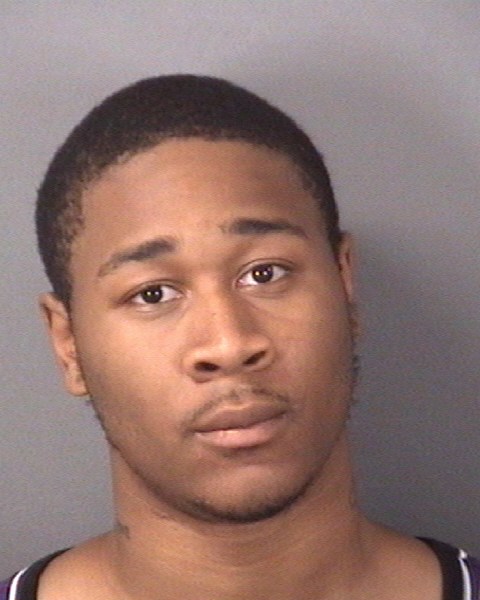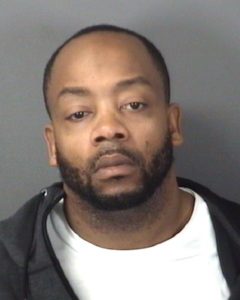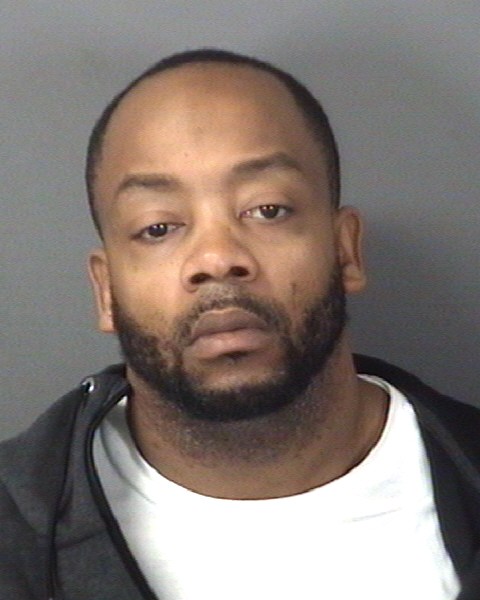![Isiah Greene]()
Isiah Greene
Twelve jurors once again could not unanimously agree on whether Isiah Greene is guilty or not guilty of murder.
Superior Court Judge Anthony Massi declared a mistrial on Tuesday after the jurors sent the court a note indicating they had failed to reach a verdict and were done deliberating.
“We are leaning toward trying this case again,” Mercer County Assistant Prosecutor Jim Scott said. “The information that we had in this trial was different, better than we had in the first trial, and we are going to continue to work very hard to bring Isiah Greene to justice.”
Greene, 23, of Trenton, is accused of shooting and killing 24-year-old city man Quaadir “Ace” Gurley in the early morning hours of July 21, 2013. The murder occurred at Trenton’s Donnelly Homes housing complex.
The state previously tried Greene on murder charges in an October 2015 criminal trial that also ended in a hung jury.
“The jury obviously worked very hard,” Greene’s defense attorney Mark Fury said on Tuesday. “We have to respect their effort. Maybe the proofs just are not there.”
Fury said his client “is elated he was not convicted” of the murder charges and weapons offenses, adding Greene “is prepared to defend himself as many times as it takes to prove his innocence.”
Over the course of Greene’s second murder trial that began Jan. 5, the 12-member, racially diverse jury heard hours of witness testimony and began deliberating on Jan. 18. The jurors soon reached an impasse over deliberations but tried to find a way forward.
Accomplice liability
Last Thursday, the jurors asked the court whether they could potentially convict Greene as an accomplice to the slaying.
Superior Court Judge Anthony Massi settled the jury’s curiosity Tuesday morning when he read them new instructions informing them they could judge the facts, evidence and testimony to determine whether Greene had aided an unknown gunman in the commission of the violent crime.
Without doubt, an armed perpetrator shot and killed Gurley at Donnelly Homes. Prosecutors have long identified Greene as the alleged gunman, saying Greene accidentally shot himself in the foot while intentionally firing multiple shots at Gurley, striking the victim eight times in the body.
But with Massi allowing the jury to consider whether or not Greene was an accomplice to the murder, Assistant Prosecutor Jim Scott on Tuesday told the jurors that “the unusual trajectory” of the gunshot wound that Greene suffered shows the injury was either self-inflicted or that Greene was “standing next to the shooter.”
“The evidence proves that the defendant murdered Quaadir Gurley,” Scott said. “He is responsible for the death of Quaadir Gurley.”
Furthermore, Scott said the evidence proves beyond a reasonable doubt that Greene was present at the scene when Gurley was fatally gunned down and suggested it is possible for the jurors to infer that Greene had aided an unknown gunman in the murder of Gurley.
During the retrial, Greene acknowledged he had suffered a gunshot wound at Donnelly Homes but testified he did not shoot himself and that he was not the triggerman responsible Gurley’s death. Greene presented himself as an innocent victim of a shooting, suggesting he was at the wrong place at the wrong time when someone popped off numerous shots in the courtyard.
Fury said the jury had asked a “fascinating” question that has “never happened” in his many years of practicing law but suggested the jury was “reaching” out of bounds in trying to probe whether his client could be convicted as an accomplice to murder.
“Mere presence at the scene is not enough to make one an accomplice,” Fury told the jurors, adding the state has presented “no motive” behind why Greene allegedly wanted Gurley dead.
“I guess what I feel compelled to say: If it’s difficult to say ‘Guilty,’ that’s OK,” the defense attorney said. “It’s not that bad to say ‘Not guilty.’ It’s OK. It’s supposed to be easier to say ‘Not guilty’ than ‘Guilty,’” he added, calling that the American system of jurisprudence. “We are not just reaching for ideas. If you have to ask the question, ‘What if?’ … that is by definition reasonable doubt.”
If the state of New Jersey thought Greene was an accomplice who has aided an unknown gunman in the shooting death of Gurley, “Don’t you think they would have offered it to you?” Fury said.
“It is easy to say ‘Not guilty’ theoretically,” Scott said in response, “but that is only if you ignore the evidence before you. The evidence here is powerful and overcomes reasonable doubt.”
In order for the jurors to have convicted Greene on “accomplice liability” murder charges, prosecutors would have had to prove beyond a reasonable doubt that an unknown person committed the violent crime and that Greene facilitated or promoted the commission of the violent crime and that Greene solicited, aided, agreed to aid or attempted to aid an unknown gunman in the violent crime and that Greene had the “criminal state of mind” to play a role in the brutal murder of Quaadir Gurley.
In the end, the jury could not unanimously agree on whether Greene was an accomplice to murder, and the jurors could not overcome their inability to unanimously decide whether Greene was or was not the principal gunman responsible for the death of Gurley, a street-tough city man survived by six children.
![Quaadir Gurley (center) with two of his six children. (Contributed Photo)]()
Quaadir Gurley (center) with two of his six children. (Contributed Photo)
“It is a shame they were not able to come to a verdict,” Scott said, “but I do have great gratitude to them for agreeing to serve for that period of time and taking their job very seriously. I have nothing but admiration for a jury that’s willing to do that.”
The evidence
Prosecutors had circumstantial evidence — including new DNA test results not available in the first murder trial— that linked Greene to the murder scene. One eyewitness, Lalisa Thompson, testified to seeing a dark-skinned man wearing a white tank top and armed with what she believed to be a handgun. She said she did not actually see the gunman firing any shots.
Before the shooting, someone drove Greene from Trenton’s West Ward to the Donnelly Homes housing complex in the North Ward. Greene, wearing all-white clothing, exited the car and shortly thereafter suffered a gunshot wound to his left foot in the courtyard. He hopped back inside the vehicle, and the driver transported him to Sanhican Drive, where Greene called 9-1-1 and falsely reported he was shot at Sanhican. He said he had lied to the cops to avoid being called as a witness in the shooting that killed Gurley.
The state has amassed lots of evidence in the case, but prosecutors have never found the murder weapon and did not have any co-defendants or cooperating criminals testifying against Greene. No co-conspirator has pointed the finger at Greene. To date, Greene is the only defendant to be arrested and charged in connection with the murder of Gurley.
“We always have our investigations going and we are always looking for new evidence to go to trial,” Scott said Tuesday after Judge Massi declared a mistrial. “Nonetheless, even with this set of evidence, we think we have a very strong case and the proof of guilt against Isiah Greene is very strong, and that’s why we are leaning toward trying this case again.”

















